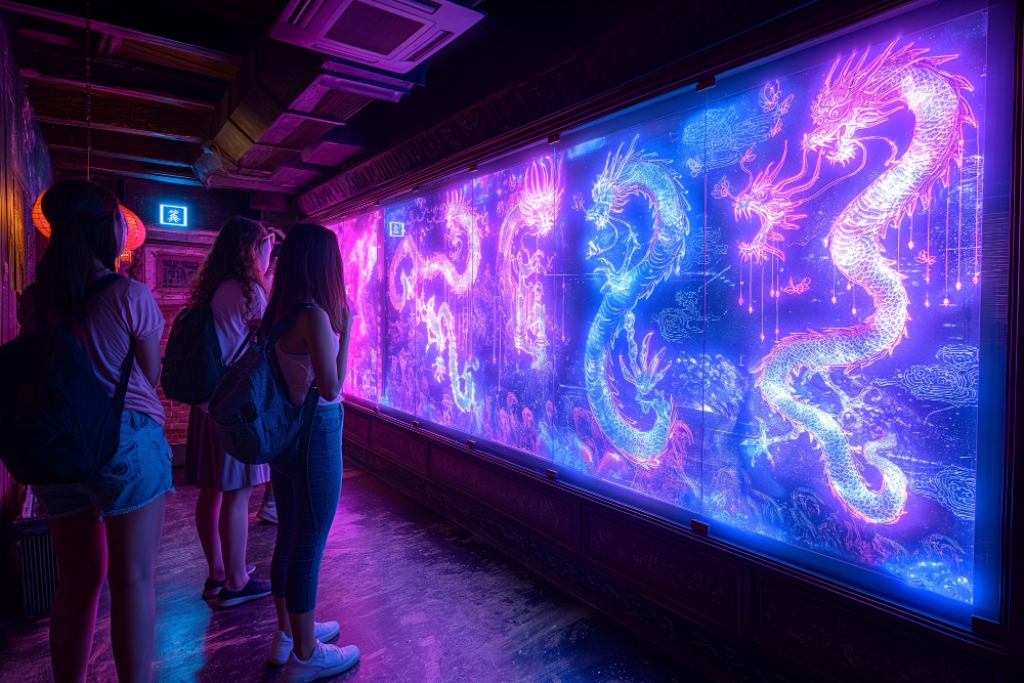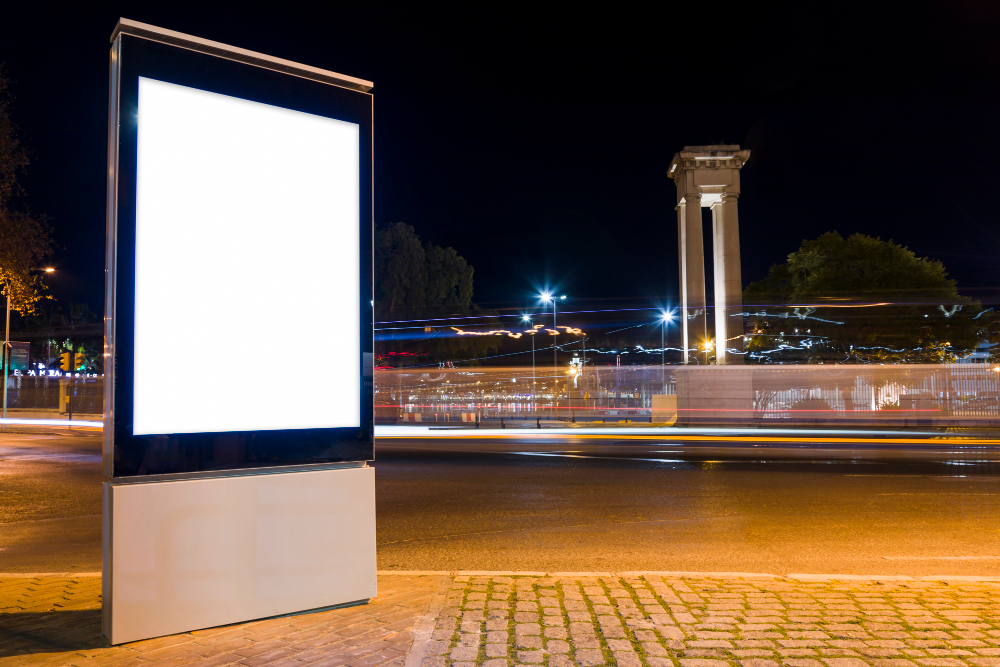Pixel Pitch: Pixel pitch refers to the distance between individual pixels on the LED screen and is a critical factor in determining image quality and viewing distance. Screens with smaller pixel pitches offer higher resolution and are suitable for closer viewing distances, while screens with larger pixel pitches are more cost-effective for larger viewing distances but may sacrifice image quality up close.
Brightness and Contrast Ratio: Outdoor LED screens need to be bright enough to compete with ambient lighting conditions, such as sunlight or streetlights. The brightness of an LED screen is measured in nits, with higher values indicating greater brightness. Additionally, a high contrast ratio is essential for ensuring clear and vibrant images, even in challenging lighting environments.
Durability and Maintenance: Outdoor LED screens are exposed to harsh environmental conditions, including temperature fluctuations, moisture, and dust. Choosing a screen with robust construction and weatherproofing features is essential to ensure long-term reliability and performance. Additionally, consider factors such as ease of maintenance and accessibility for servicing and repairs.
Connectivity and Content Management: Finally, consider the connectivity and content management capabilities of the LED screen. Look for displays that offer versatile connectivity options, such as Wi-Fi, Ethernet, and HDMI, to facilitate seamless integration with your content delivery system. Additionally, opt for screens that include user-friendly content management software, allowing you to update and schedule content remotely with ease.




